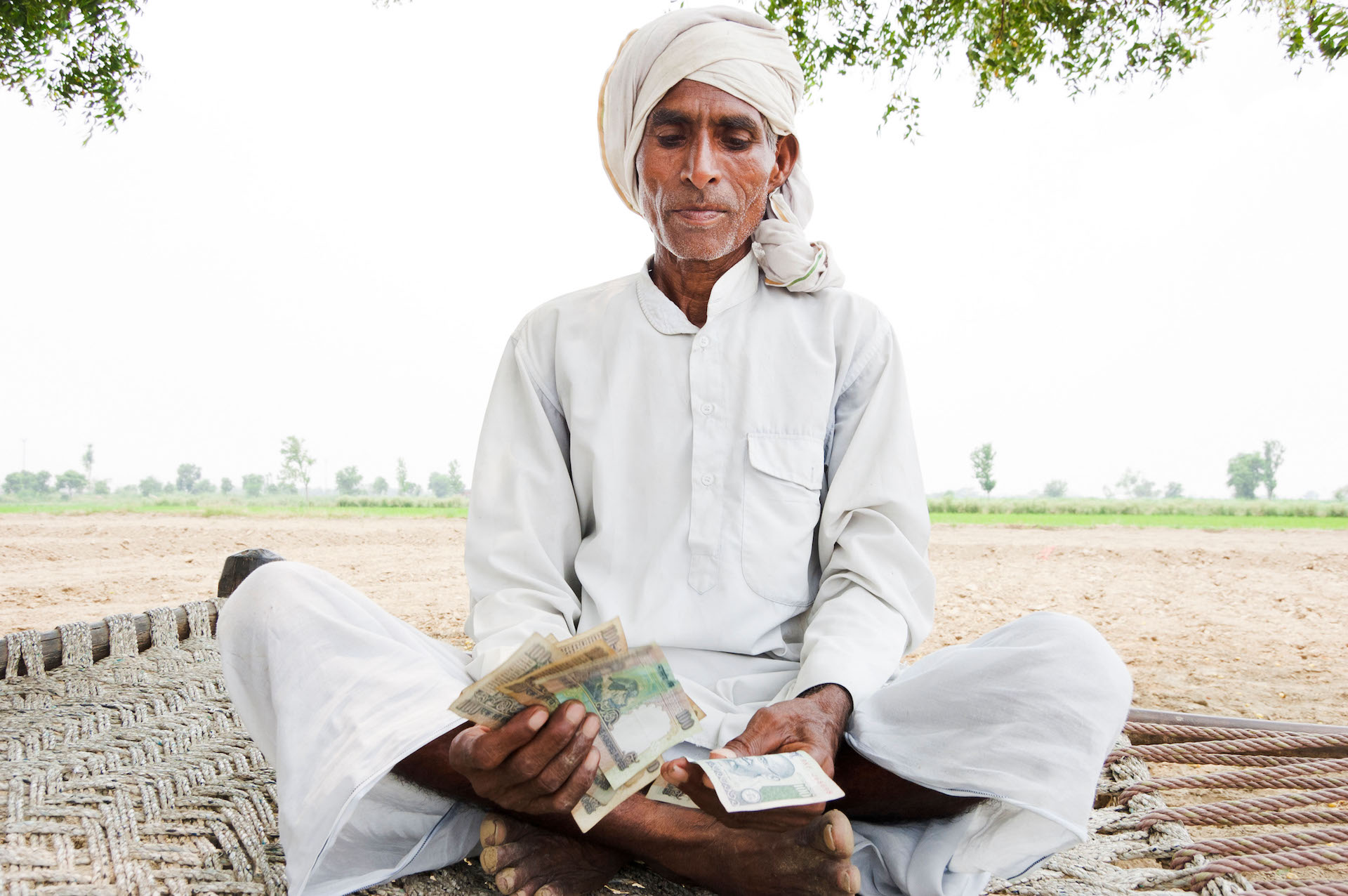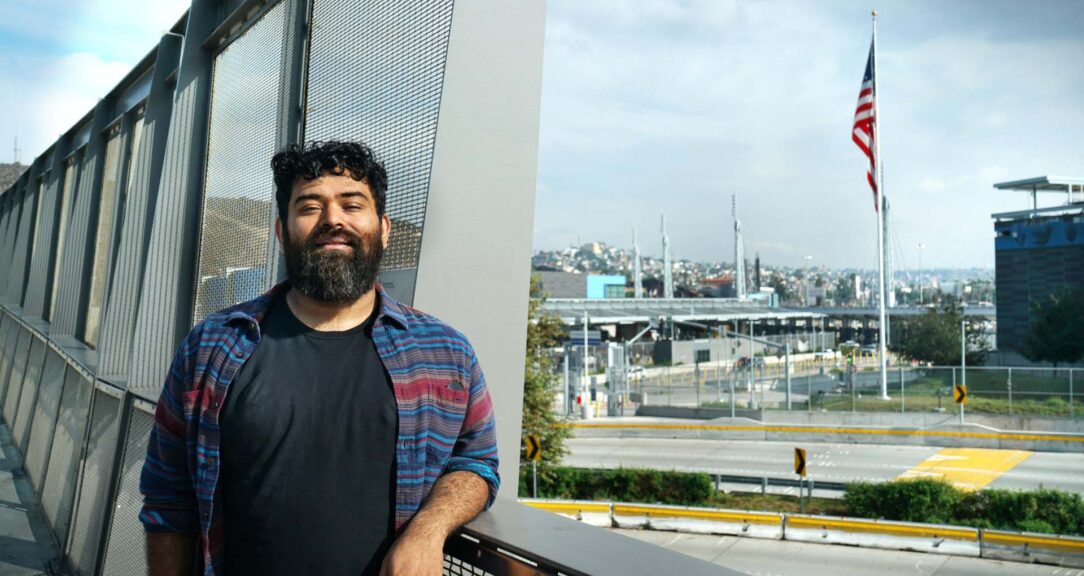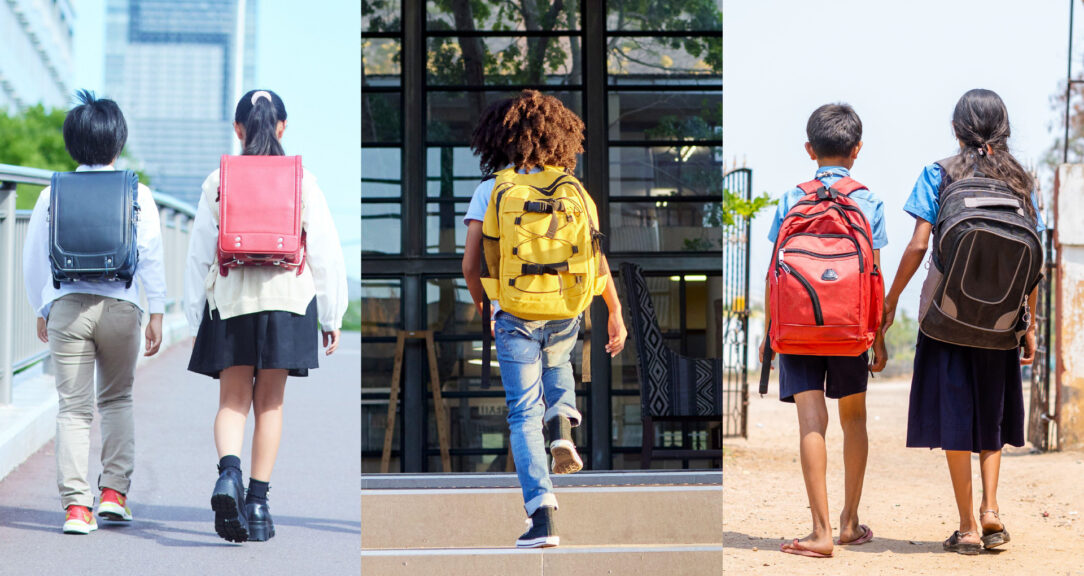Over the past 18 months, Covid-19 has changed the world in ways that are still emerging. Many jobs — especially in industries hard hit by the pandemic — have become much more uncertain. To help get through these difficult times, a number of countries sent citizens cash payments and offered low-interest business loans.
But given how the pandemic has wreaked havoc on many people’s livelihoods, interest in and support for Universal Basic Income (UBI) is growing. A study review published in the journal Nature in March 2021 showed that support for UBI programs in the U.S. and U.K. in 2020 was 60 to 70% higher than in pre-pandemic times.
In the last few decades, public debate around the idea of UBI had already been gaining currency. Economist Daniel Susskind’s recent book, “A World Without Work,” considers how technology and automation will transform the way people are employed. Susskind argues that with automation putting many jobs at risk, UBI is one solution to maintaining a “sense of social solidarity.” The defining characteristics of UBI — simplicity and universality — solves the distribution hassle of targeted benefit schemes.
UBI is a recurring cash payment without any conditions to all citizens within an administrative area. In its purest form, the richest person and the poorest person in the system would receive the same base amount of money every month.
“There has been some increased interest in certain developed countries,” says James Browne, Head of Work, Income and Inequality Analysis at the Tony Blair Institute for Global Change. “The argument is that it would be a good idea to have a certain minimum amount that people can fall back on in times of crisis.”
The government of Wales announced in May that it would introduce a pilot UBI scheme, likely focusing on people leaving care. The mayor of Los Angeles proposed in April a plan that would send $1,000 monthly to 2,000 needy Angeleno families, no strings attached. These could add more vital data to the global knowledge bank of how universal basic income works in reality. Here are the results of five of the most notable UBI pilot programs so far.
Speenhamland, England
The earliest known UBI experiment was in 1795 in the village of Speenhamland in southern England. Grain prices had risen rapidly following a weak harvest, and distress and poverty grew even among the employed as the cost of bread skyrocketed.
With the French Revolution in progress across the Channel, town authorities worried about growing discontent among the masses and decided to intervene. To help cover the rising cost of living, they began giving each family a financial supplement, regardless of whether any member of the household was employed.
The amount of support given was determined by the number of family members and the price of bread. At one point, a family of five received £25 a week — substantially high even then, and equal to more than £2,000 in today’s money.
This state support alleviated hunger and kept poverty in check. As more counties across England adopted the Speenhamland system, then-Prime Minister William Pitt attempted unsuccessfully to introduce it as national policy.
Gradually, however, the tide shifted, and intellectuals grew critical of the experiment. Thomas Malthus, an influential cleric, scholar and economist of the time, suggested that the income support led to a population explosion as it allowed families to grow beyond what their real incomes allowed. The economist David Ricardo argued that the system disincentivized enterprise, and Karl Marx later said the system kept wages artificially low — if subsistence income was provided for, what incentive would business owners have to raise wages?
The system was eventually dissolved in 1834 when England enacted new poor laws that set up workhouses where the poor — and their children — labored for low wages and lived in inhospitable conditions. The novelist Charles Dickens depicted in grim detail the horrors of these Victorian workhouses. In “Oliver Twist” he wrote: “So, they established the rule that all poor people should have the alternative … of being starved by a gradual process in the house, or by a quick one out of it.”
The idea of UBI mostly sat on the back burner until Milton Friedman, arguably the most influential economist of the 20th century, advocated for a negative income tax in the 1960s. In the system, people reporting income below a certain threshold on their tax returns would be paid the difference. The idea was tested in a few communities in New Jersey and Pennsylvania between 1968 and 1972, with mixed results. But UBI was back in the public consciousness.
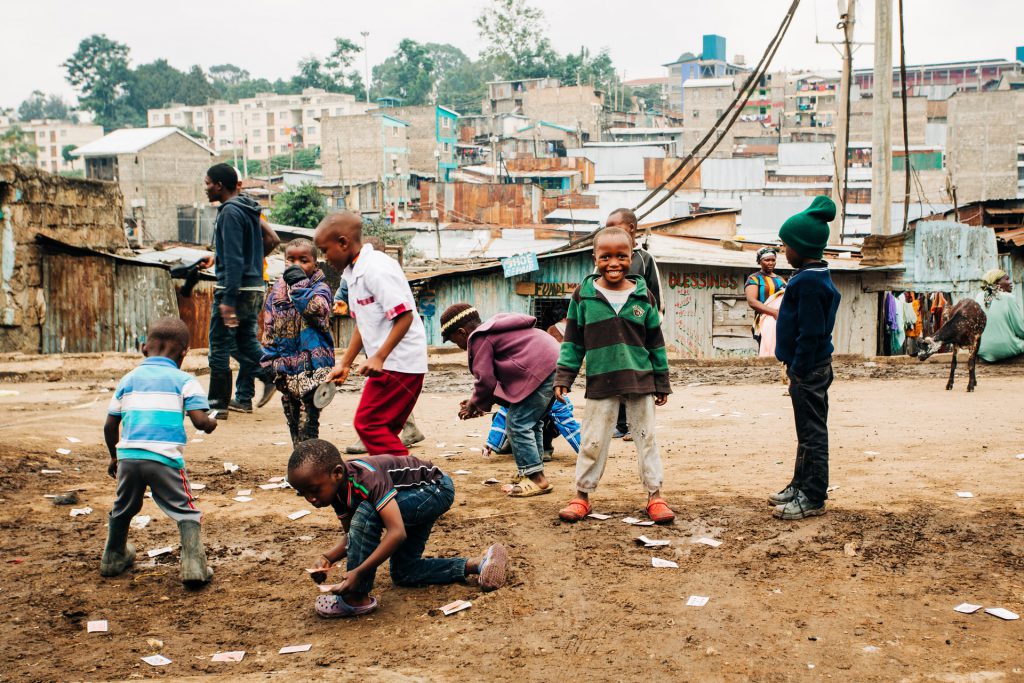
Kenya
Perhaps the best-known UBI pilot project in recent times is ongoing in Kenya. Since 2016, the U.S. nonprofit GiveDirectly has given 75 cents a day to more than 20,000 adults. Funded by philanthropic and aid agencies, the $30 million, 12-year program includes people in more than 200 villages.
The beneficiaries are divided into three categories plus a control group. One set is receiving 75 cents a day for 12 years. Another group received 75 cents a day for the first two years, ending in 2018. The third category received a lump sum payment of around $500 at the start of the program. A control group isn’t receiving any payments.
Preliminary research has shown that the UBI has made an impact. Hunger rates fell from 68% to 57% among beneficiaries. Those who received UBI benefits were also less likely to seek medical care, which the researchers think was a result of better nutrition.
With the Covid-19 pandemic and the lockdowns that impacted livelihoods of the poor in particular, researchers found that food insecurity rose in the control group that did not receive any money. The research also found that payment recipients were slightly less likely to engage in social interactions that could spread the virus, possibly thanks to their more stable income.
India
With a population of 1.4 billion, India is perhaps too populous for a universal cash benefit scheme to have any real impact on the lives of all people. But for the past two and a half years, the country’s central government has tried a scheme that aims to become a UBI program for farmers.
As of December 2018, each farmer in India was eligible to receive 6,000 rupees per year, about $85. Broken into three installments of INR 2,000, the payments are unconditional and provided to every farmer who signs up, regardless of property size or income. The PM Kisan program (Kisan means farmer in Hindi) costs India about $10 billion per year.
It has reached 110 million farmers across the country so far, and PM Kisan aims to reach 140 million in the near future. For perspective, that’s more than the populations of France and Spain combined.
India’s basic income program for farmers hopes to soon reach 140 million — more than the populations of France and Spain combined.
The scheme is considered crucial for farmers, whose profits have dwindled in the last few years. Prices of crops have stagnated while the cost of labor and supplies have risen sharply. An estimated 22% of Indian farmers live below the poverty line, and experts including agriculture and food policy expert Devinder Sharma believes that may be a conservative count.
“The real poverty rate among Indian farmers is likely to be much higher. And it is likely to have grown in the last few years due to lower price realizations and higher costs,” Sharma says. “The problem is that the government has not released any data in the last few years.”
So far, no large-scale studies have been done on PM Kisan’s impact. Anecdotal evidence says the money does provide a buffer for families that often barely earn enough for essentials, but the $85 provided would be far more impactful if it were increased.
“The amount under PM Kisan needs to be increased substantially if it is to be useful. Alternatively, the government must focus on ensuring fair price realization for farmers,” Sharma says.
But PM Kisan has given valuable insight into the challenges of implementing a UBI program, such as targeting intended beneficiaries. For instance, there is very little clarity on how many farmers India has, so there’s no way of knowing if the scheme has reached every one. There have also been instances of people who are not farmers signing up and receiving payments.
Finland
Since 2017, this Nordic country has been operating one of the biggest UBI trials in a developed nation. In the program, 2,000 unemployed people between the ages of 25 and 58 receive about $680 per month. The benefits continue even if they find employment.
Given the structure of existing unemployment benefits, the Finnish government thought the UBI scheme could in fact encourage more people to look for better jobs. With the UBI payment enhancing unemployment money, people might have room to look for a suitable full-time job rather than taking on a lower-paying part-time job just to have an income.
For UBI recipients in Finland, employment rates increased, and incidence of depression dropped by 10 percentage points.
A study that analyzed the impact of the scheme three years after its inception found that the Finnish government was right, to a degree. The employment rates increased more among those who received UBI payments than those who did not. However, the researchers said that the increase was marginal and might have been due to the limited availability of jobs.
But, according to the study, UBI’s effect on overall well-being was notable. Incidence of depression was 10 percentage points lower in the group that received UBI than in the group that did not. The study also found that people who received UBI were more likely to engage in social volunteering such as providing care to the elderly.
Iran
In late 2010, then-President Mahmoud Ahmadinejad began a universal basic income experiment by cutting fuel and food subsidies and providing direct cash transfers to families instead. Under the Iranian UBI, each individual was transferred about $45 a month. This was a substantial amount, equal to about 30% of the median household income in Iran.
Given the massive cost of this enterprise, the Iranian government initially wanted to provide a UBI to the bottom 70% of the population by income. But the data needed for that kind of targeting did not exist.
So Iran made the UBI available to everyone in the country but encouraged people with higher incomes to voluntarily withdraw from the scheme. In the end, about 96% of the population were enrolled in the program, which ended in 2016.
One of the initial worries — as with all UBI programs — was that free money would negatively affect the labor supply, as economists assumed people with the guarantee of a living wage might opt out of the labor market.
However, studies on Iran’s UBI program found these concerns to be overstated. People ages 20 to 29 were more likely to withdraw from the labor force, but only because the payments allowed them to pursue higher education.
In all other segments of the Iranian population, the UBI led to a marginal increase in the number of people employed or looking for work. The researchers attributed this to the extra income enabling more people to expand their businesses.
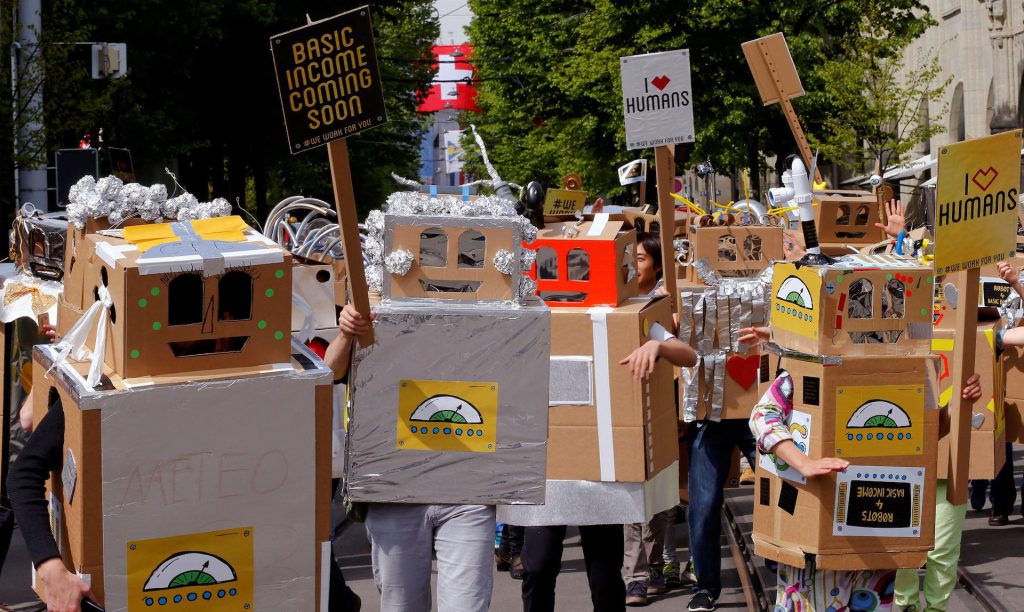
The future
Among many other things, Covid-19 has revealed how vulnerable the lives and livelihoods are for the majority of the world’s population. But will the pandemic experience prompt more governments to take up UBI as a policy tool?
James Browne of the Tony Blair Institute believes that budgetary constraints will be a roadblock to widespread adoption. Especially for developing countries with large populations and modest national budgets, a universal transfer might be too small to have any real impact.
“There will be more budgetary concerns now. On one hand, economies have suffered massively. On the other, Covid-19 has also shown health and social infrastructure deficiencies,” he says. “So, going forward we would want to spend a lot of money on public services. That would make implementing something like UBI even more difficult due to budgetary constraints.”
Economist Jayati Ghosh, who is a member of the U.N. High-level Advisory Board on Economic and Social Affairs, agrees. “For pandemic situations, an income transfer is necessary as compensation because people have been deprived of their livelihoods,” she says. “But in the medium term, I would put universal health and education services ahead of UBI. The priority has to be provision of basic services for all. An income transfer in addition would of course be welcome.”
In Wales, details of the universal basic income experiment are still being determined, but a government poll found that 69% of residents support it. In Los Angeles, the mayor and county commissioners approved the $24 million UBI pilot program this June. It will be the largest one to date in the U.S., and the world will be watching.
Read more
Sign up to keep up to date with ReThink Q.
